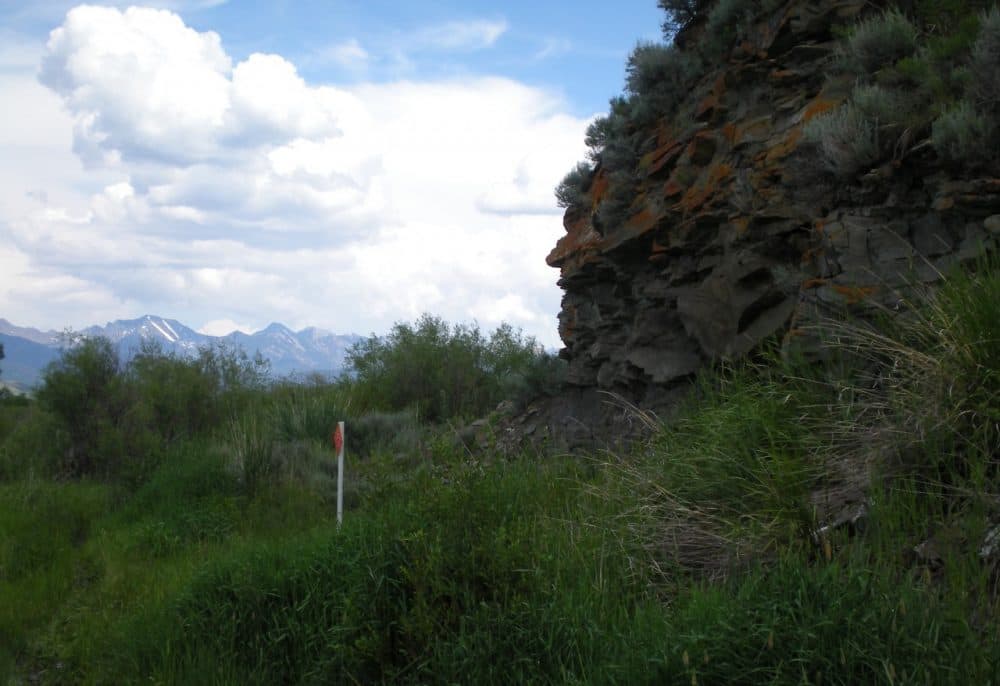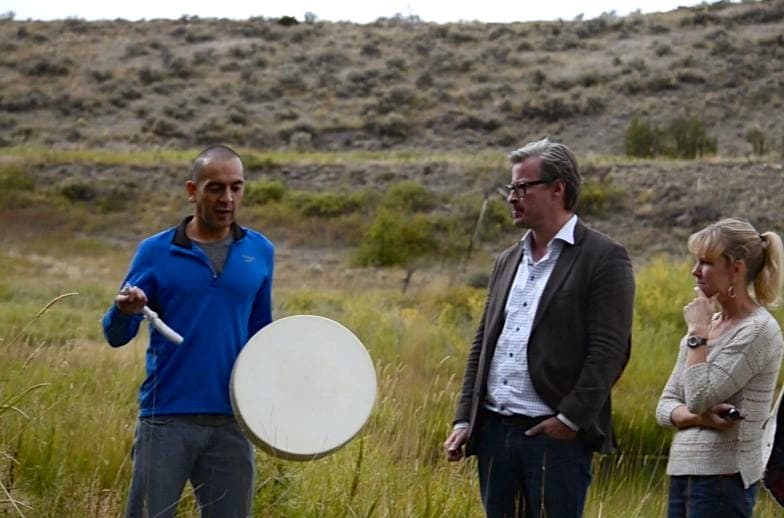Advertisement
Prehistoric Remains Reveal Roots Of American Indians

The DNA of a young boy, buried in what is now Montana more than 12,000 years ago, shows his people were direct ancestors of many of today's native people in the Americas.
This is the oldest genome ever recovered from the New World and the many artifacts found with the body show the boy was part of the Clovis culture, which existed in North America from about 13,000 years ago.
The remains were found in 1968 on a ranch owned by Sarah Anzick's parents. She grew up to work on the Human Genome Project and eventually did some of the analysis of the remains.
Shane Doyle, a member of the Crow tribe, who teaches at Montana State University, helped Anzick and the other researchers with the sensitive issue of handling tribal remains.
They join Here & Now's Jeremy Hobson to talk about the process.

Read More
Guests
- Sarah Anzick, molecular biologist.
- Shane Doyle, member of the Crow tribe who is an instructor in the Native American Studies program at Montana State University.
This segment aired on February 26, 2014.